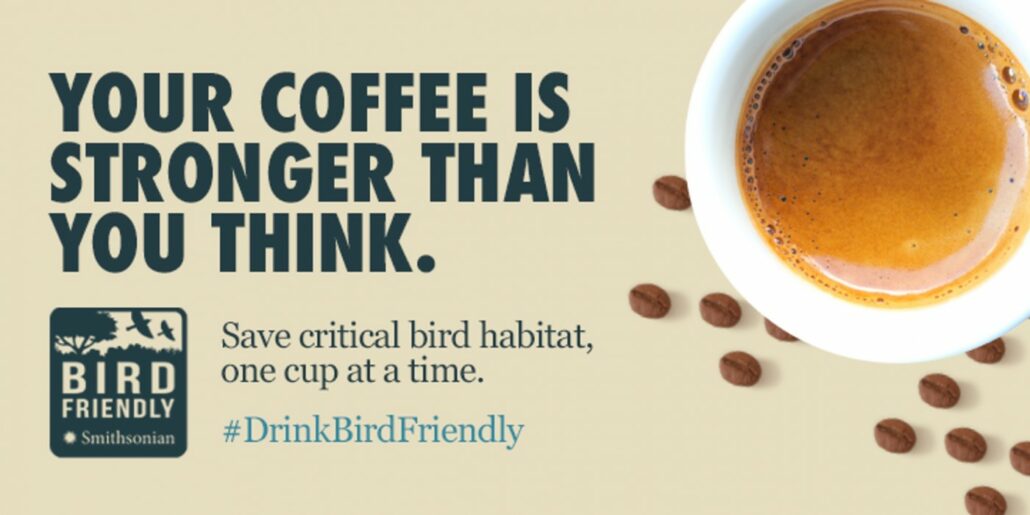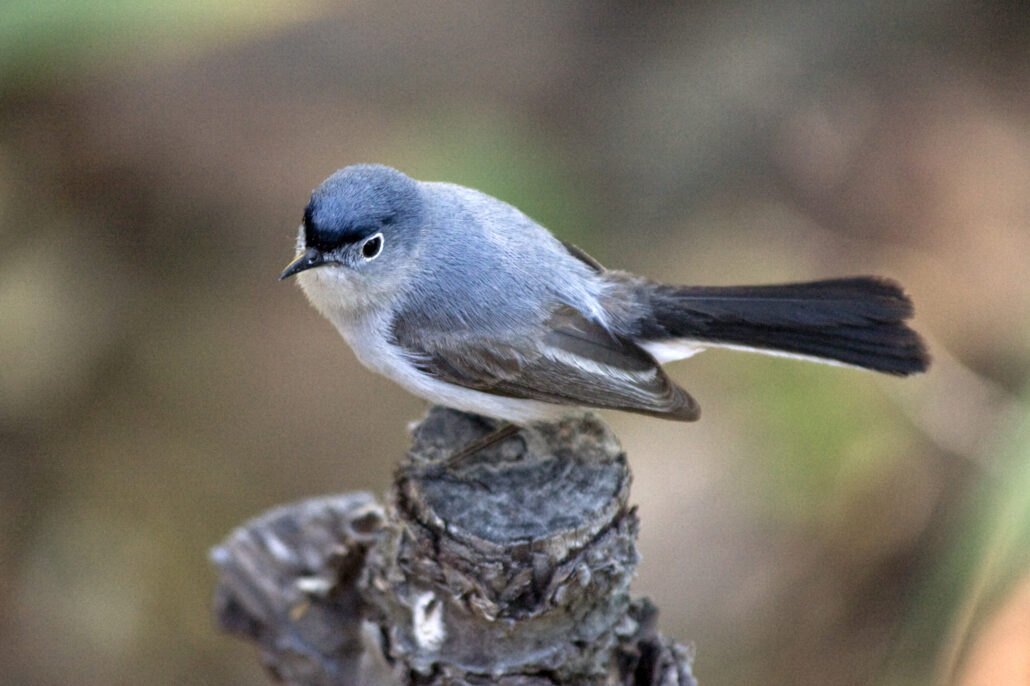
Blue-gray Gnatcatcher; Photo by Rachel Robbins.
Migration brings special visitors
Many of us are keenly aware of changes in the landscape that each season brings. New shoots growing, insects buzzing, and trees budding are just a few things to observe during spring. You may also notice an unusual bird, perhaps one with striking colors or a delightful song. Perhaps it doesn’t stick around for long. Chances are it is an international visitor—a migratory bird just passing through, stopping to rest, refuel and enjoy the landscape. They may stick around to nest in your yard, or continue on their way.
Long-distance travelers
Birds blissfully disregard our state lines and property boundaries. Since they can fly, they use habitat in many different locations—and may travel thousands of miles over the course of their lives. In the spring, they go north to their breeding grounds which can be as far away as the Arctic Circle or—depending on the species—as close as your neighborhood. Many birds spend winters far to the south, in Mexico, Central and South America.
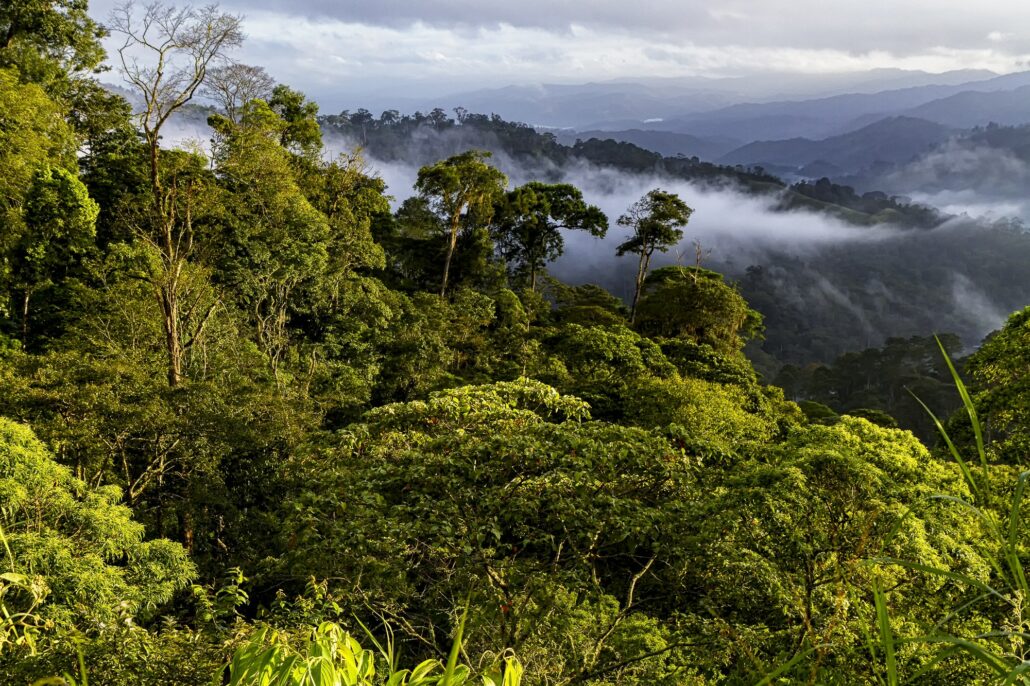
San Juan Coffee Plantation; Photo courtesy of Birds & Beans Coffee.
Habitat and haven
The long migratory journeys are perilous and challenging. It’s estimated that hundreds of millions of birds perish during each year’s migration. North America has lost an estimated three billion birds since 1970, as reported in a 2018 paper in the journal Science. From grasslands, to forests, to seas, our birds are in decline. The good news is that by working together, we can bring them back.
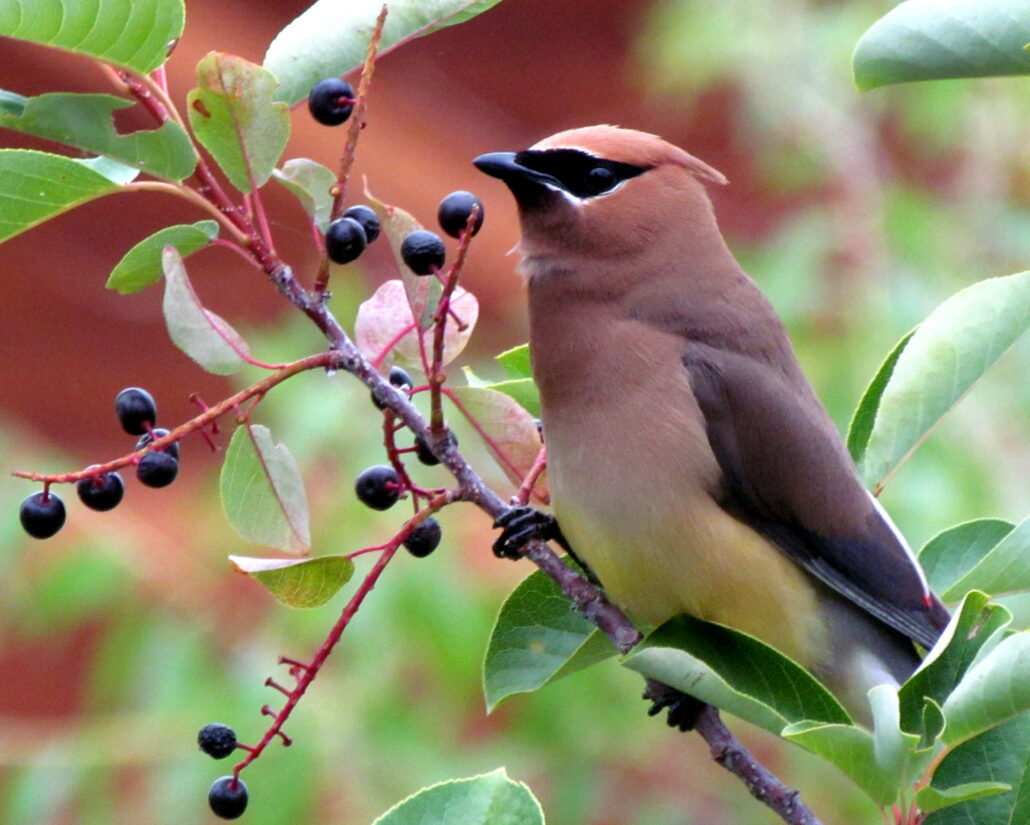
Cedar Waxwing; Photo by Deanna Beutler.
Simple choices yield comforts for birds
Decisions we make every day can help birds. Over half of the people who live in the U.S. drink coffee, but few understand the environmental impacts of growing it. Many of our favorite migratory bird species— including warblers, tanagers, ovenbirds and thrushes—spend their winters in coffee-growing landscapes in the tropics. Their natural habitats are being lost as they are converted to other uses, including sun-grown coffee operations that negatively impact birds. Understanding sustainable coffee growing practices helps us become better consumers and make choices that benefit birds, the habitats they rely on, and coffee growers.
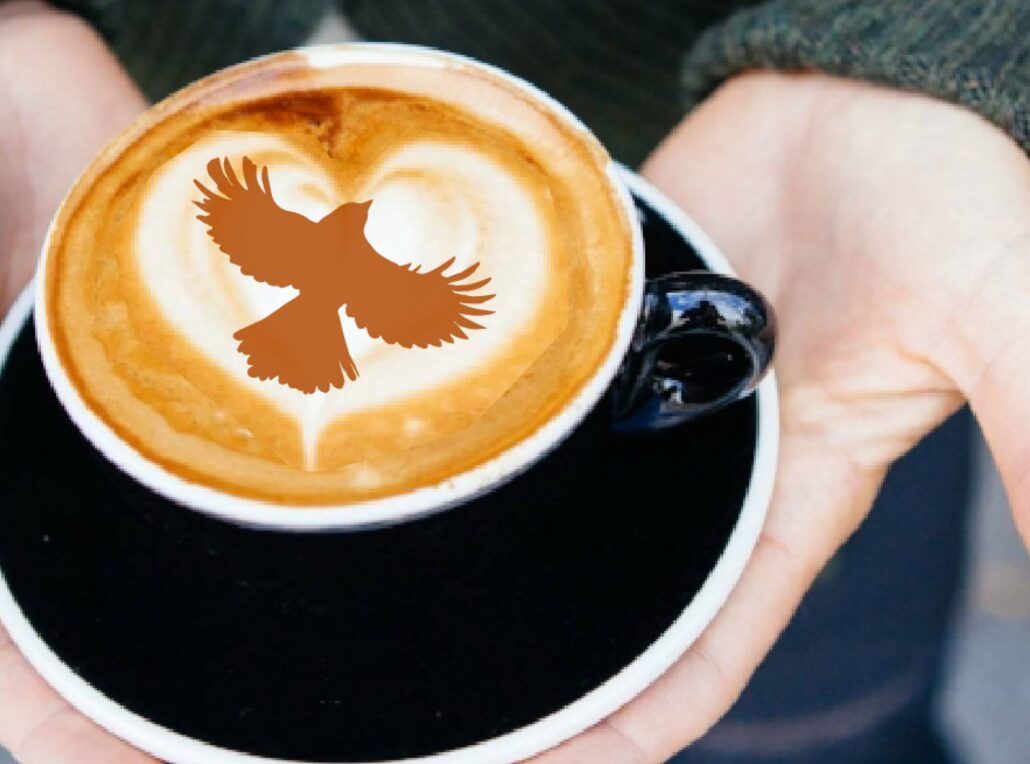 What makes a coffee “bird-friendly”?
What makes a coffee “bird-friendly”?
Bird-friendly coffee is shade-grown under a multi-layered canopy of trees. Unlike sun-grown coffee, which is cultivated as a monoculture on land that has been cleared, this ensures greater biodiversity and the quality habitat that birds need. It should also be grown without the use of chemical pesticides, as these are harmful to the environment and kill insects that birds eat. In fact, the birds provide natural pest control. A bonus is that coffee aficionados say shade-grown coffee has a better flavor because beans ripen more slowly than sun-grown coffee, resulting in a richer, more complex flavor.
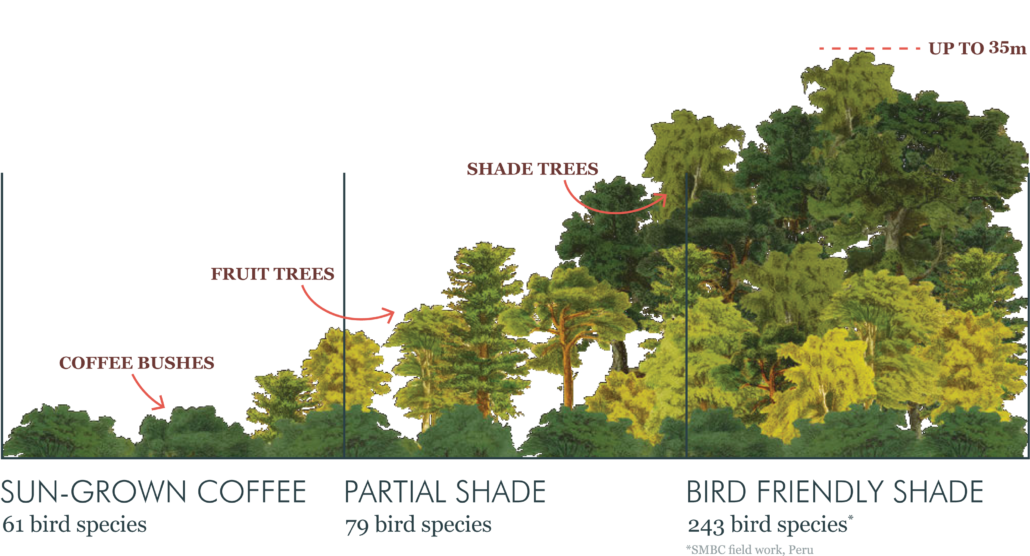
Instead of clearing rainforest, bird-friendly coffees grow in the shade of larger trees that provide habitat for birds, including migratory species whose impressive journeys can take them from the backyards of the U.S. and Canada all the way to coffee farms in Latin America.
Setting the highest standards
When choosing a coffee, look for certain certifications. The gold standard is Bird Friendly® certification created by the Smithsonian Migratory Bird Center. Coffees carrying this seal are grown under the strictest standards to maximize bird habitat conditions. When you purchase Bird Friendly® certified coffee, you preserve critical habitat for birds and wildlife, help fight climate change, protect biodiversity, and support farmers committed to sustainability.
Certified USDA organic standards also help birds by ensuring that coffee is grown without using harmful pesticides, herbicides, or artificial fertilizers. Fair Trade Certified indicates coffee grown by small, independent farms and cooperatives, and ensures safe labor practices, equitable pay, and fair market prices for producers.
Simple choices: big rewards
Living bird-friendly is about simple actions and choices that have big impacts. When we buy bird-friendly coffee, we benefit our own health and well-being and get a delicious, superior-quality product while also aiding birds and ensuring the livelihoods of coffee providers. The effort is a small price to pay for the reward. And just imagine the sense of satisfaction you’ll get the next time a vibrant feathered visitor stops by your garden, knowing that they may be on their way to or from a coffee plantation that you helped support!
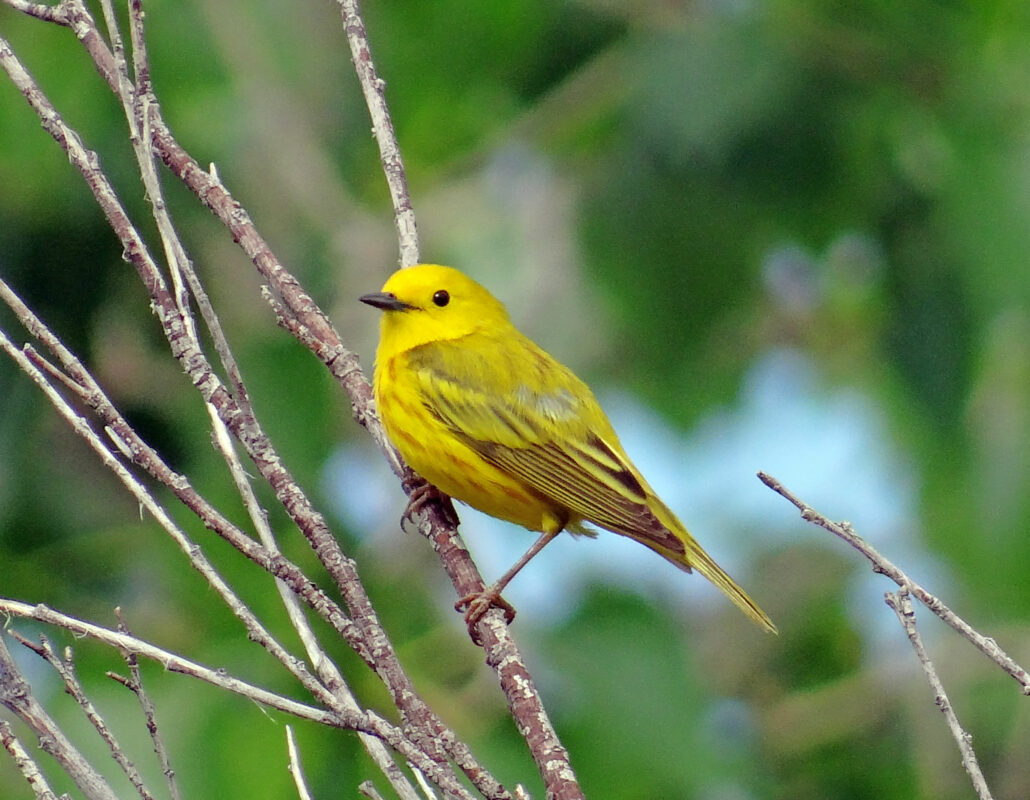
Yellow Warbler; Photo by Anne Whitehurst.
Take Action!
BUY BIRD FRIENDLY COFFEE
Visit Smithsonian Migratory Bird Center’s Where to Buy page for additional certified coffee sellers.
SPREAD THE WORD!
Tell your friends and family about bird friendly living with these shareable graphics and videos!
Use the hashtags #BringBirdsBack #DrinkBirdFriendly
AT THE STORE
If your neighborhood grocery or café does not carry Smithsonian Bird Friendly® coffee, let the manager know why it matters to you that they support the gold standard in conservation. Send them this prepared letter.
Check out our Seven Simple Actions page for other ways to help birds!
Live on the Rocky Mountain Front Range? Check out the Guide to Backyard Birds of the Front Range.
This article originally appeared in the spring 2022 issue of ConWatch magazine as part of the “Everyday Things” series and published by the American Garden Club.







